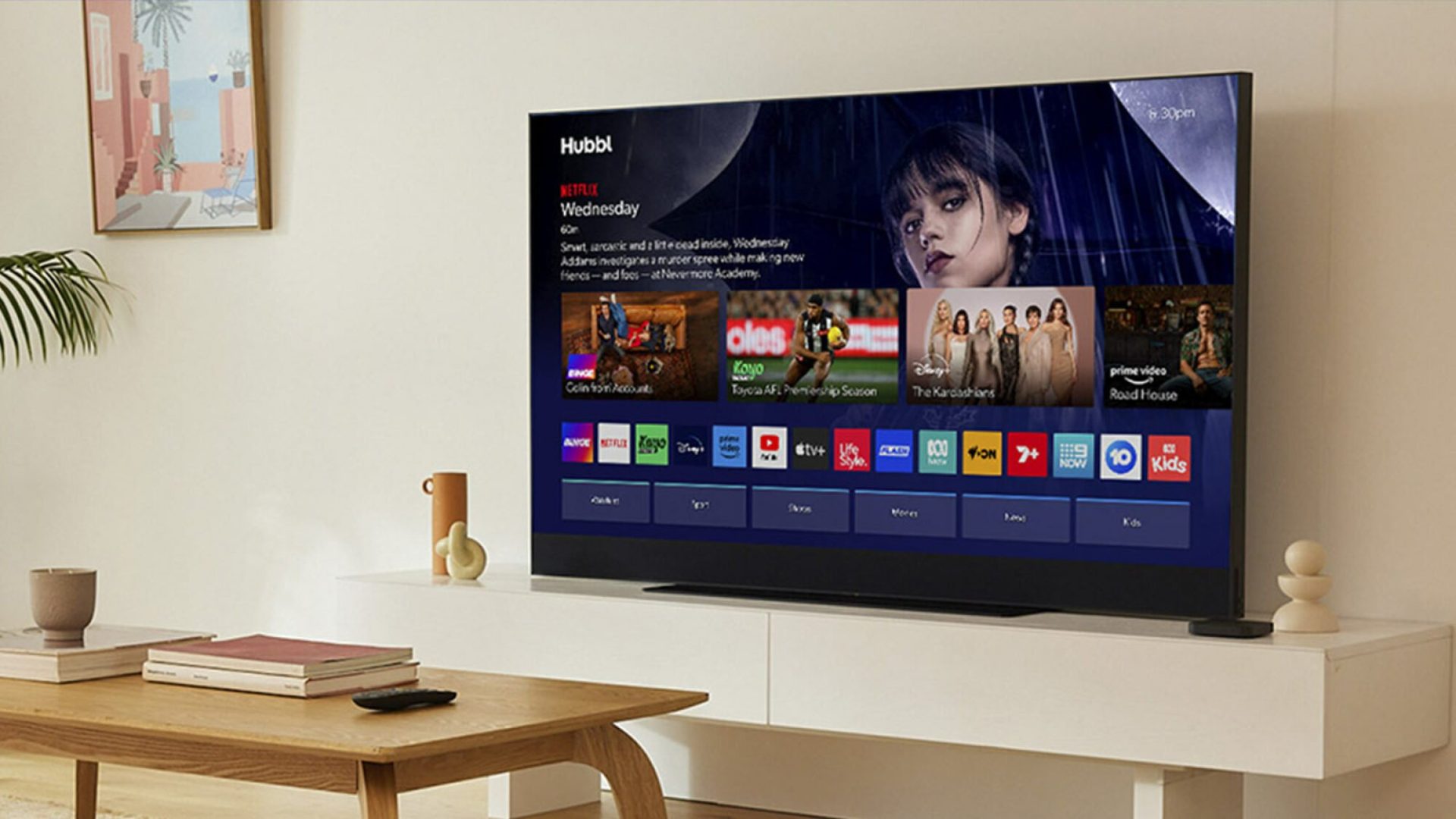Samsung made a MicroSD card that doesn’t suck, but there’s a problem
Samsung launched new MicroSD cards in late February, and while that’s not notable in itself (the Korean brand is one of the largest SD card manufacturers), the new cards are quite different. They use the SD Express standard and go up to 800MB/s in sequential reads, and that’s more than you get with SATA SSDs. […]

Samsung launched new MicroSD cards in late February, and while that’s not notable in itself (the Korean brand is one of the largest SD card manufacturers), the new cards are quite different. They use the SD Express standard and go up to 800MB/s in sequential reads, and that’s more than you get with SATA SSDs.
Cable
In Hardwired, AC editor Harish Jonnalagadda takes a look at all things hardware, including phones, storage servers and routers.
Above all, the standard is almost eight times faster than the 104 MB/s possible with UHS-I cards and the 312 MB/s with UHS-II. SD Express MicroSD cards start at 256GB and go up to 1TB, and they use Samsung’s V-NAND technology, similar to what the brand uses in its regular SSDs.
Clearly, there’s a lot to like with these cards, even if you ignore Samsung’s claims about facilitating AI on the device. But the biggest problem with the SD Express standard is that it hasn’t made any progress, even though it’s been around for almost a decade, and that’s unlikely to change.
What’s more relevant here is that MicroSD cards are unusable on the best Android phones; Sure, Samsung still makes a few mid-range Galaxy A phones with a MicroSDXC slot, but that list gets shorter with each generation. All phone makers have moved away from the standard on their flagships, and for good reason: even though SD Express has considerable gains over UHS-I, it doesn’t hold a candle to UFS 4.0 storage.
All flagships released in 2024 feature UFS 4.0 storage, and the standard goes up to 4,000 MB/s in sequential reads, five times that of SD Express. Micron just rolled out new UFS 4.0 modules that are tiny while still delivering 4,400 MB/s sequential reads, and UFS 5.0 is on the horizon.
Phone makers have been using eMMC storage for several years, and because the standard isn’t noticeably faster than common MicroSD cards, they’ve had no problem offering expandable storage on their devices. But as UFS storage began to gain momentum nearly a decade ago, they found themselves faced with a dilemma: the standard offered performance similar to that of NVMe SSDs, far surpassing that of MicroSD.
Brands could continue to offer MicroSD slots on their devices, but that would have meant a noticeable difference in performance between onboard storage and expandable modules, or avoiding the port altogether – which is what we ended up with. This situation is not going to change with the introduction of faster MicroSD cards; brands stand to make a lot more money by selling higher storage variants of phones to users.
I like the idea of expandable storage; I’m using all of the M.2 slots on my gaming machine, I inserted a 2TB SSD into the PlayStation 5 to increase the limited storage available on the console, and I installed an M.2 2230 SSD from 2TB in the Steam Deck as soon as I received the handheld. But I’ve never felt the need to do this on a phone, even though it would make transferring data to a new device much easier.
This is the second reason why most phones don’t have MicroSD card slots: reliability. I’ve had a few instances in the past where MicroSD cards failed and I ultimately ended up losing the data stored on those cards. So when I bought the LG G4 ten years ago, I decided not to worry about MicroSD cards at all and started backing up my phone’s data to external sources: Google Photos on the cloud and a NAS within my home network.
Unless a better standard is adopted, phone makers are unlikely to consider offering expandable storage on their devices. Even then, I doubt most brands care; ports are rare these days and iPhones don’t even have a SIM card tray (luckily, only in North America). Given the state of UFS storage and the direction the industry is heading, expandable storage is not making a comeback.














